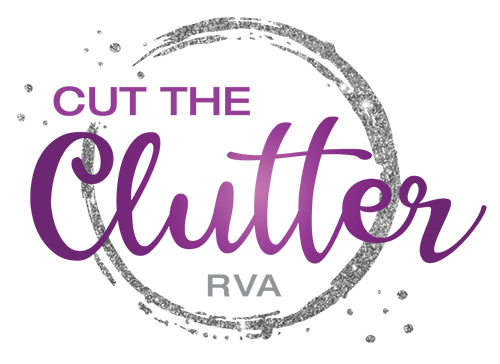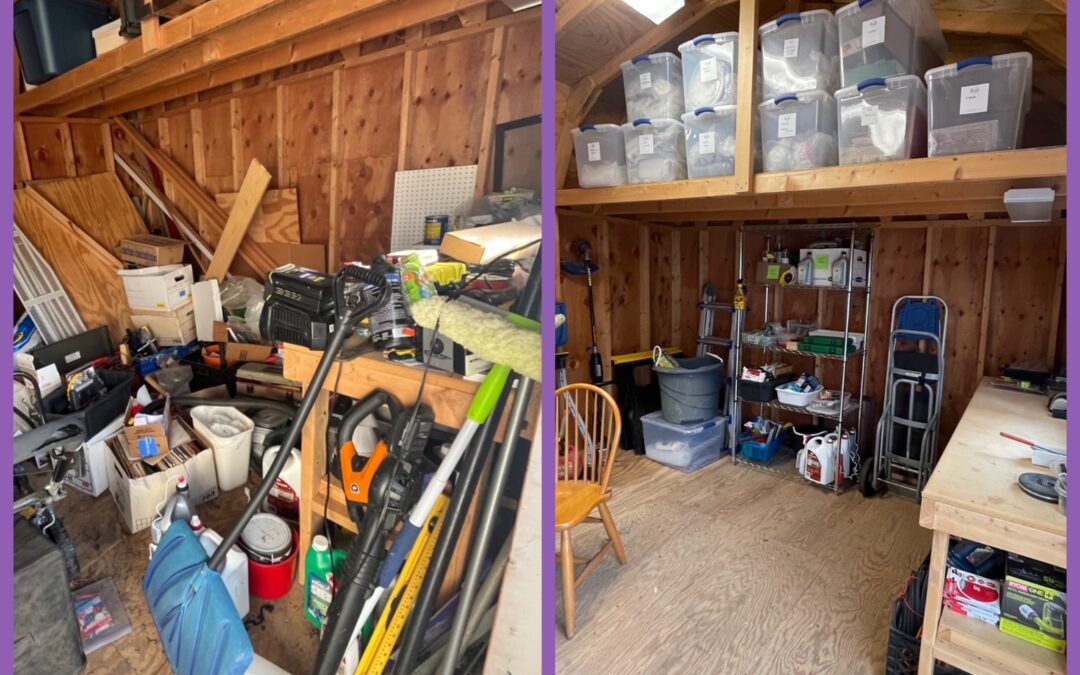If keeping your home organized feels like a never-ending uphill battle, you’re not alone. ADHD can make staying on top of clutter extra tricky, but with the right strategies (and a little fun), you can create an organized space that works with your brain, not against it. Here’s how to tackle common organizing struggles with ADHD-friendly solutions!
“I’ll do it…eventually?” syndrome
Avoiding big tasks because they feel overwhelming makes it tough to even begin decluttering.
- Just one thing trick
Instead of thinking about the entiretask, just pick one thing to do—one drawer, one category (like socks), or even just one Need a push? Set a 5-minute timer and see what you can accomplish. ADHD brains respond well to a simple challenge! - Body doubling buddy
Have a friend, family member, or even a virtual accountability buddy hang out while you organize. Just having someone there(even if they’re doing something else) makes it easier to stay on task.
“Wait, but this is also important!” thinking loop
Deciding what to do first or what to keep/donate can feel impossible.
- Top three rule
When tackling a space, pick just three must-keepitems to set aside first. Everything else has to “audition” for a spot—does it truly deserve to stay? If not, let it go guilt-free. - Would I buy this again test
When unsure about an item, ask yourself: “If I didn’t own this, would I buy it again today?” If the answer is no, it’s time to say goodbye!
“Magically disappearing keys & wallet” trick
Things seem to vanish into thin air constantly when they don’t have a set home.
- Landing pad hack
Create a non-negotiabledrop zone for daily essentials—keys, phone, wallet, etc. A tray, a hook by the door, or a fun bowl makes it easy to train your brain to put things in the same spot every - See-through storage strategy
Use clear bins, open shelves, or labeled baskets instead of opaque boxes. If you can’t see it, it doesn’t exist—so keep things visible and easy to grab.
“If I put it away, I’ll forget it exists”
Out of sight = out of mind, which leads to piles everywhere as “reminders.”
- Parking lot system
Instead of random piles, designate onespot (like a basket or a shelf) for items you need to deal with soon. Having a single contained area keeps clutter from spreading! - One-touch rule
Instead of setting things down “for later,” try to handle them now. Mail goes directly into the inbox, shoes go on the rack, dishes go in the sink. A little effort upfront saves a lotof clutter later.
“Oops, I bought that again”
Impulse shopping and overaccumulation can lead to clutter chaos.
- Shopping list screenshot
Before buying something, snap a photo of what you already own(e.g., pantry, beauty products, stationery). This helps curb duplicate purchases. - One in, one out rule
For every new item you bring in, let go of one old item. Bought a new sweater? Donate one you don’t wear anymore. This keeps things balanced!
“If it takes too many steps, I won’t do it”
Complex systems won’t stick—simple, quick, and visible is the way to go.
- Two-step max rule
Any organizing system should take two steps or lessto use. Laundry hampers instead of sorting bins. Open baskets instead of drawers. Hooks instead of hangers. If it’s too complicated, it won’t last! - Jumbo labeling hack
Use big, clear labels(or pictures for visual learners) on bins, shelves, and drawers. Your future self will thank you when you can instantly find what you need.
“Oops, that took me three hours instead of 15 minutes”
Losing track of time and getting distracted can lead to unfinished projects and rabbit holes.
- Beat the timer game
Pick one organizing or tidying task, and then set a timer for 10-15 minutesand see how much of it you can get done. ADHD brains love competition! Commit to focusing on the one task during that time block, even if your mind wants you to be doing something else. Bonus: You’ll probably do more of the task than you thought possible. - Playlist method
Instead of a timer, play a short playlist while you organize. When the last song ends, so does your session. It makes tidying more fun and gives you a natural stopping point.
“I’m so bad at this” thought spiral
Negative self-talk is like an unwanted guest at your organizing party—it doesn’t help and only makes things harder.
- Catch those ANTs
ANTs (Automatic Negative Thoughts) are those quick, critical judgments that sneak in before you even realize it—like “I’ll never get this place organized” or “I’m just not good at this.” The first step? Notice them. When you catch yourself thinking this way, pause before letting it spiral. Your clutter doesn’t define you! - The reframe game
What’s a kinder, more helpful way to look at this? Instead of “I’m terrible at organizing,” try, “I’m learning what works for me.” Self-criticism zaps motivation, while self-compassion helps you move forward. If a friend were struggling with the same thing, what would you tell them? Chances are, you’d be a lot gentler—so why not extend that same kindness to yourself?
Final thoughts
You don’t need a perfectly organized home—you just need a system that works for you. ADHD brains thrive with fun, flexible, and low-effort strategies, so don’t be afraid to experiment! Find what feels easy and stick with that.
If you’re still struggling with the motivation to get started on (or finish) an organizing project, please give us a call! Our amazing clutter cutters and ADHD expert can help you make life a little less stressful and a lot more manageable.
Work hard and be kind!
Love,
Your friends at Cut the Clutter RVA

